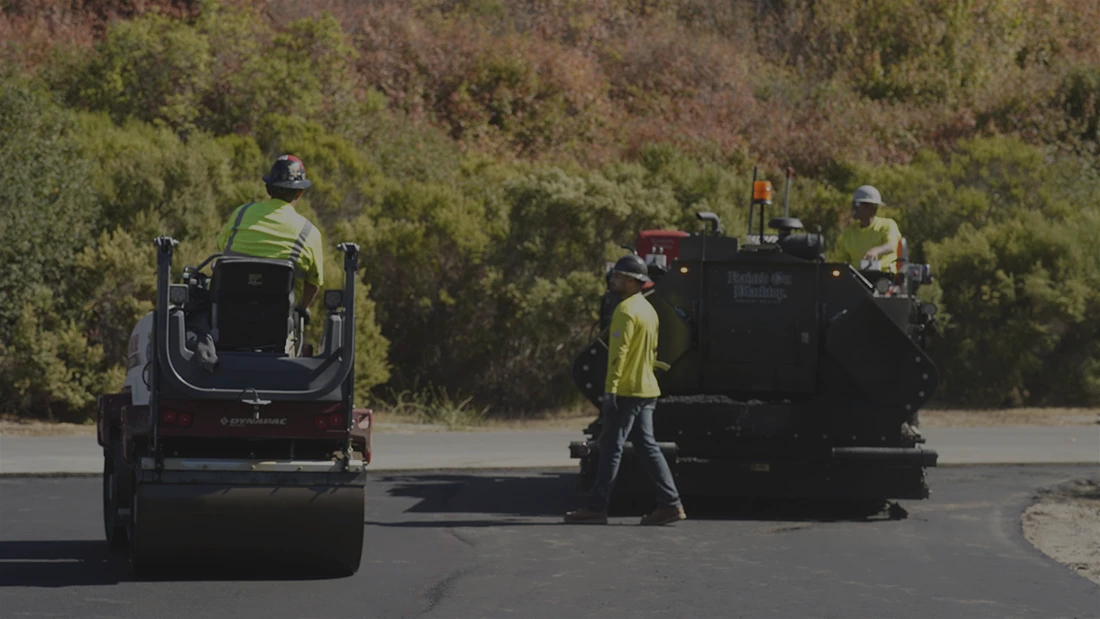
Tack Coat and Petromat 101 Tack Coat Information
Tack coat has a well-deserved reputation for significantly improving Asphalt paving installations.
For something relatively inexpensive, tack coat can enhance the bond between the different layers of pavement along with helping to solidify the strength of the pavement overall.
Aside from this, tack coat can also decrease the likelihood of any top-down cracking and course sliding too.
What is tack coat used for?
Tack coat, bond coat, and bitumen are fine layers of an asphalt by-product that are typically used in the resurfacing or construction of driveways, highways, roads, and parking lots.
It is used to help the different layers bond together in the most effective way. Using tack coat will enable the overlay to withstand constant use for a longer period of time.
The end-goal when using tack cost is to attain a uniform coverage across the entire surface that is being paved.
What happens when you don’t use tack coat?
If you fail to use tack coat, this can result in:
- a much quicker deterioration of the condition of the road
- an increased likelihood of potholes
- other conditions that reduce the safety of the installation.
High-quality pavement and road bonding are fundamental in order to protect the investment and to ensure the best performance of the installation over the longest possible period of time.
When is tack coat needed?
Tack coat is usually applied to a pre-existing pavement prior to a new layer of HMA being placed.
It can be used on both cement and asphalt surfaces.
A tack coat in paving is usually sprayed over the surface of a concrete pavement or existing layer of asphalt immediately before the overlay placement.
What is asphalt tack made of?
There are a number of types of asphalt materials that can be used for tack coat. These include:
- asphalt binder
- asphalt emulsion
- cutbacks
- paving grades
Asphalt emulsion is the most common of all, while cutback is the least popular choice.
The specific type of tack coat emulsion that is used can vary from one country to another. In the US, it is considered as standard practice to use a type of emulsion that is slow-setting, and prior to application, is dilated with water.
How long does it take for tack coat to dry?
Most types of tack coat materials that are used in the US need around 1-2 hours to fully set (cure).
Prior to playing a new layer of HMA, it is important that the materials have fully cured first.
It is thought that a longer curing time can lead to a more performant installation.
Petromat 101
What is Petromat?
Petromat is utilized to help extend the life of a paved area, which may include
- parking lots
- highways
- driveways
- more.
It is a non-woven fabric that forms a constant barrier for moisture that is created by saturating the fabric with an asphalt cement tack coat.
It can be utilized in either new or restorative paving projects.
Essentially, it works to prevent water from infiltrating the surface of the paving and reach the base course, along with working as a stress-absorber that can decrease cracking over time, delaying the need for costly patching and repair services.
What are the benefits of Petromat?
There are countless benefits for the use of Petromat; as the system has been in existence ever since 1965, it has gained an impressive and well-documented record of success.
- Stress-Absorption
One of the biggest advantages of using Petromat, is that it will form a robust interlayer that will absorb significant stress. While it is true that a pavement will, over time, develop elements of fatigue cracking as a result of the tensile stresses in flexing; using Petromat provides the paving with essential interlayers that significantly decrease the tensile stresses in comparison with monolithic pavements that have no interlayers.
This benefit results in an increased life expectancy of overlays or new pavement installations.
- Moisture Barrier
One of the most formidable sources of damaging water can be found with precipitation infiltration via paving. In most cases, pavements have inadequate drainage systems in place, that do not allow for the timely removal of water. Even with a pavement that is saturated for just 10% of its time, this can result in the useful lifetime of that paving being decreased by up to 50%. When using a Petromat system, this acts as a powerful moisture barrier that effectively reduces the surface water infiltration.
In addition to these core benefits of using Petromat, it is a system that offers incredible versatility as well.
It can be used with under AC overlays, with brand new AC paving, under chip-seal paving and more.
It can enhance the performance, reduce maintenance, and increase the life-expectancy of roads, bridges, highways, parking lots, driveways, and more.
Most types of tack coat materials that are used in the US need around 1-2 hours to fully set (cure).
Prior to playing a new layer of HMA, it is important that the materials have fully cured first.
It is thought that a longer curing time can lead to a more performant installation.
Get Your Free Quote Today.
Coastal Paving & Excavating is a leader and trusted provider for underground utilities, roads, driveways and parking lots in the Carmel Valley area.
Contact us today for a free quote.




